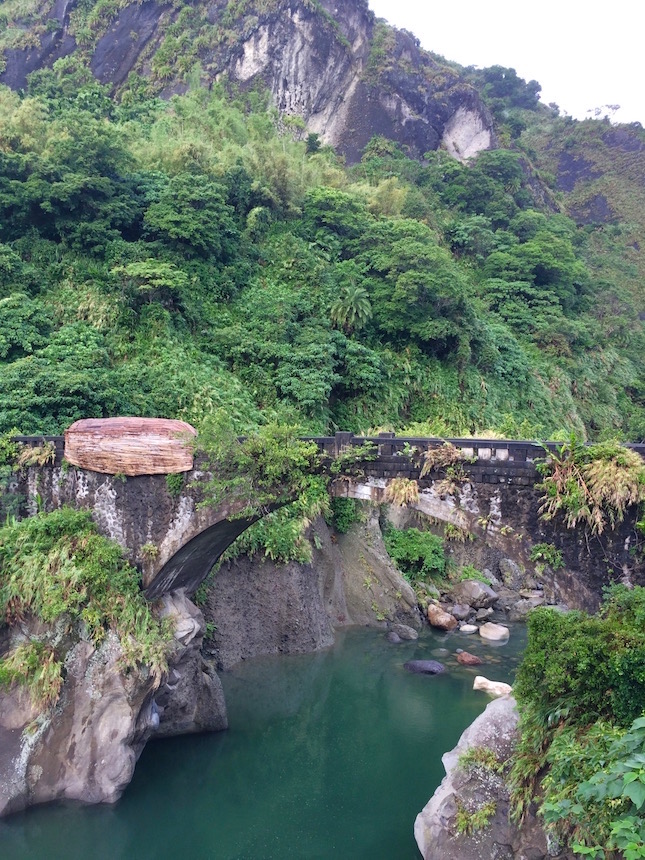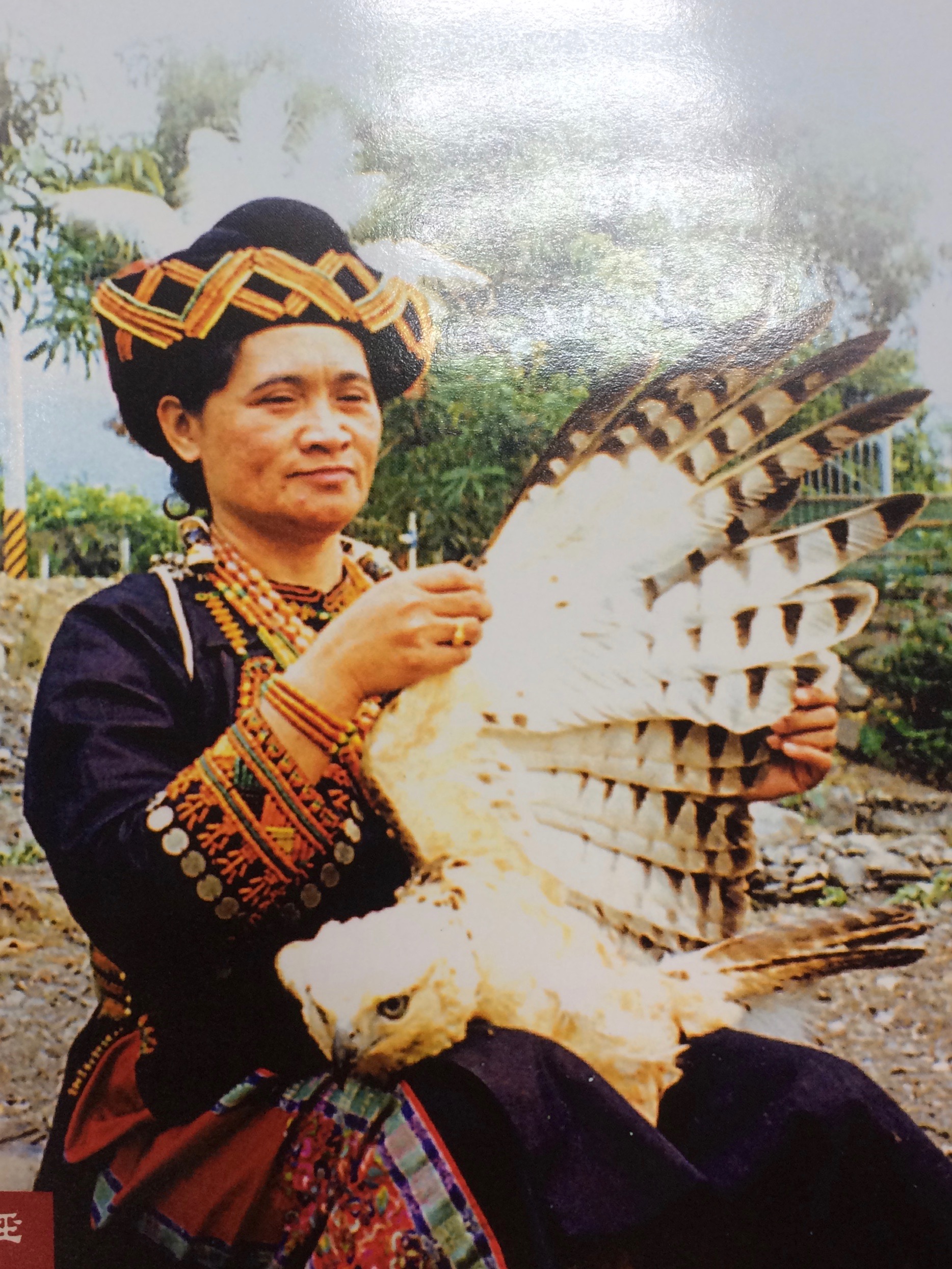One of my favorite experiences this fall was a two-day university art trip by bus along the East Coast of Taiwan, which is home to many indigenous communities. The invitation to join this tour, with the TNUA International Masters in Cultural and Creative Industries program, was an opportunity to view sculpture installations by indigenous and international artists amidst a stunning landscape of mountains and sea. Curators Ssu Ming Su, Eva Lin, Biung Ismahasan, and Shu-Lun Wu introduced large-scale artworks that responded to and worked with some of Taiwan’s sixteen indigenous communities, as part of several festivals that ask artists to immerse in the local lifestyle as they create their work. This kind of progressive, socially conscious environmental art, although not typically part of university programs, has serious governmental support in Taiwan.
Arya Pandjalu, recycled sculptures in Mipaliw Land Art festival
Hongwen Lin, permanent artwork at Zhangyuan Bridge
Shumi Runi, “The Story of Wine” installation-event in revived rice fields, Mikotaay exhibition
An Shenghui, bamboo fish bench, Hidden South exhibition
Group photo with An Shenghui’s fish bench, IMCCI East Coast trip
Dex Fernandez, Philippine artist paints Paiwan graffiti stories mural
Dex Fernandez, Paiwan bird stories detail
Before and during this trip I learned about a few specific birds important to Taiwan’s East Coast indigenous cultures from anthropologists, aboriginal museums, and local curators. Taiwanese filmmaker Tai-li Hu told me the Paiwan tale of how their ancestor, the hundred-pace snake with a diamond-patterned back, shrinks and turns into the Hodgson or Mountain Hawk Eagle. This eagle’s black-and-white-triangle wing feathers may be worn only by chiefs of the tribe. And Amis curator Ssu-Ming Su recounted how her people have a connection to the Crested Serpent Eagle, whose spots look like the local deer. These eagle feathers are worn by the age group of young men thirty to forty years old; after that age they must pass them on. Anthropologist Scott Simon mentioned a Truku origin story focused on the Fulvetta bird known as “White-Eye.” It seems that their ancestors held a contest among animals to see who could carry a huge boulder from the mountain and so become their source of laws and customs. Only the tiny White-Eye bird succeeded, gathering in huge numbers to slowly lift and carry the boulder together.
Paiwan tribe member with Mountain Hawk Eagle, photo by ethnographic filmmaker Tai Li Hu
Paiwan headdress from the Shung Ye Museum of Formosan Aborigines, Taipei
Paiwan wood carving showing related patterns of hundred-pace snake and eagle feathers
Map showing distribution of indigenous peoples of Austronesian origin on the East Coast of Taiwan, about 2.3% of the population











